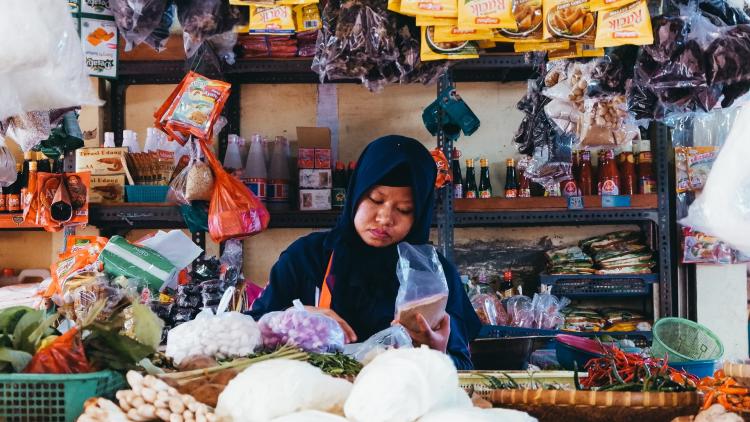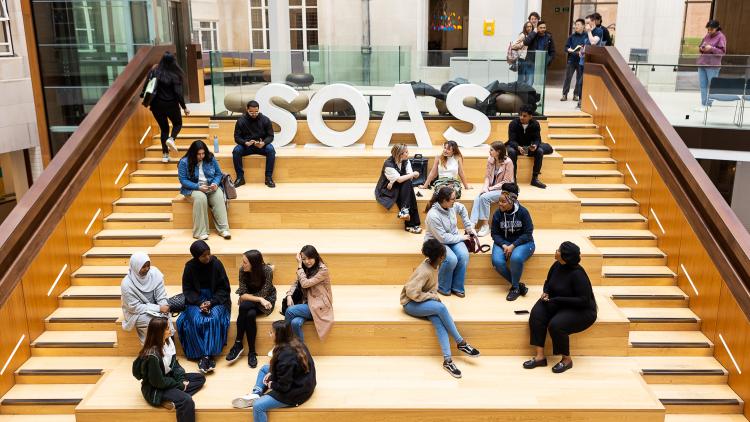Critical minerals


Overview
Leveraging the material base for a sustainable future: development strategies and investment pathways in Africa.
Sustainable structural transformation will be powered by renewable energy and enabled by digital technologies. Digitalisation is a revolution in the making, driven by the ‘technology fusion’ of different technology systems, especially the ‘green-digital twin’.
These technologies are essential for reducing the carbon footprint and the material footprint of industrialisation. However, the manufacturing of renewable and digital technologies themselves relies on various types of critical minerals. ithium, nickel, cobalt, manganese, and graphite are crucial to battery performance, longevity, and energy density. Rare earth elements are essential for permanent magnets that are vital for wind turbines and EV motors. Electricity networks need a huge amount of copper and aluminium, with copper being a cornerstone for all electricity-related technologies.
These critical minerals and rare earths are geographically concentrated and a few international mining companies control them via upstream extraction and mid-stream processing. Therefore, proximity to mineral sources and final markets play different roles in terms of types and location of investments. Several African countries are endowed with large amounts of strategic critical minerals and are becoming a battlefield in the global technology race. For example, 70% of global cobalt production comes from DRC (Democratic Republic of Congo) and over 80% of platinum and manganese resources are in South Africa and Zimbabwe. DRC and Zambia are also important sources of copper, while Tanzania has important opportunities to develop its graphite. Leveraging these mineral resources for sustainable structural transformation is a unique opportunity for many African countries and some other developing countries in Latin America and Asia.
This research stream focuses on how African economies should manage the relationships with international mining companies in a way that promotes socio-economic development. In particular, it investigates how industrial policy can be used in order to develop new sectors that are related to mining, such as mineral processing, mining equipment, batteries, and energy storage.
More specifically, we will look at: (a) how to develop the mineral resources that are necessary for sustainable mobility solutions, both industrial (hydrogen fuel cells) and civil (lithium batteries); (b) how to process the minerals where they are extracted, thereby reducing carbon emission involved in shipping the minerals to processing facilities abroad; (c) how to manage the demands for other scarce resources (especially water) that mining and local mineral processing activities create.
Picture: Paul-Alain Hunt via Unsplash.




